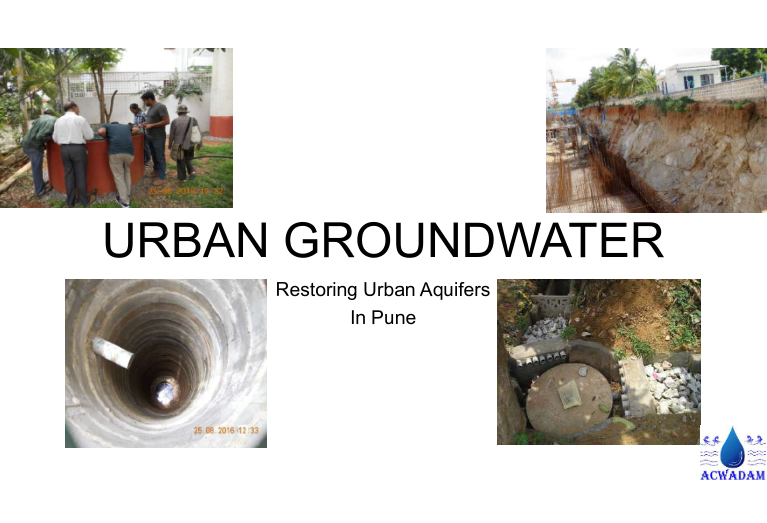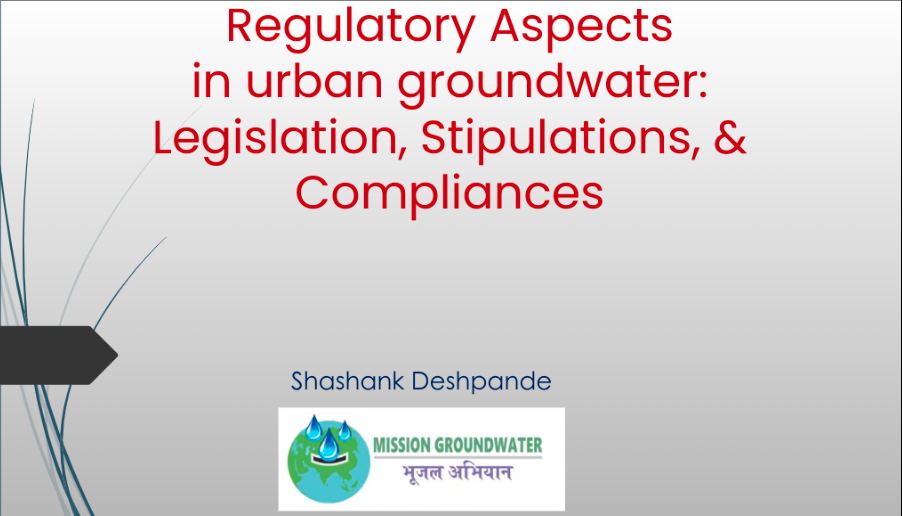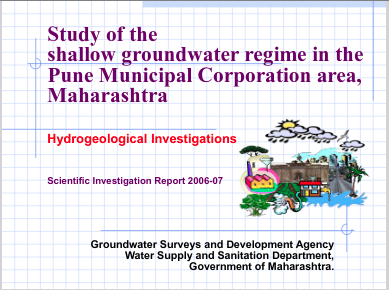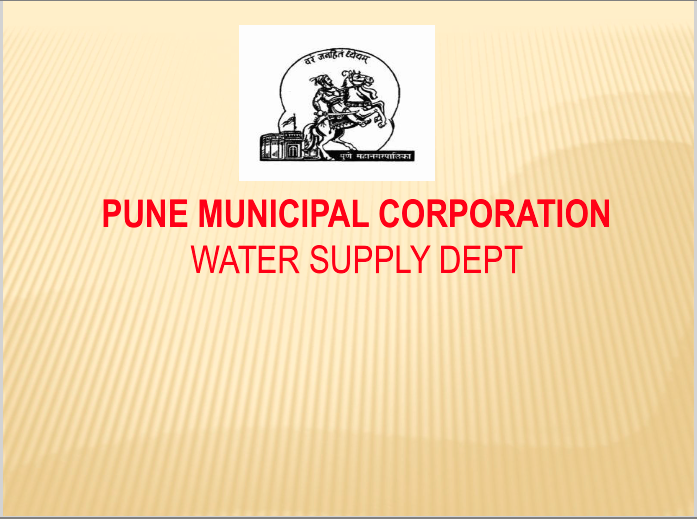Pune Ground Water
The main source of Pune’s water supply, the Khadakvasla reservoir (which was constructed in 1880) is fed by two upstream dams, Panshet and Varasgaon. Till the 90s the core city had many Hauds (water tanks) like Phadke Haud, Kala Haud, Pushkani Haud and Dug wells like Khajina vihir, Shaniwar Wada vihir etc. The main source to these man made structures was groundwater. Therefore, from that time an aquifer (underground layer of water-bearing permeable rock, rock fractures or unconsolidated materials) has been a most effective source for Punekar to cater their daily water needs.
The increasing population of the city in the last approximately 25 – 30 years is applying excessive pressure on the natural water supply. At present, most parts of the city face acute water scarcity, especially during the summer months. During these deficit periods, areas that receive less water than their requirement often rely on dug wells and borewells. This has resulted in an increased and unsustainable dependence on groundwater in the city. On the other hand, areas that have regular municipal water supply have seen a reduced dependency on groundwater, and hence many wells have been demolished in the city under the guise of urbanization.
Considering Pune’s population at present (2022) as 6 million approximately as per estimates from PMC. Pune’s daily water demand is calculated on the basis of actual water supply at 228 liters per capita per day (lpcd). Going by this and also including industrial and other uses, Pune city requires close to 18.58 TMC/year. While as per PMC records, around 13 thousand million cubic feet (TMC) of water is currently supplied to Pune city. It means nearly 5 TMC of annual groundwater is extracted in Pune city.
In the case of Pune city, groundwater has remained a silent supplement to Pune’s civic water supplies for many years. As the city has grown, urbanization has eaten away most of Pune’s groundwater sources – the shallow unconfined aquifers – both virtually and in the real sense of the word. Therefore, it is important to gain knowledge and information about this hidden source to rejuvenate this source and to ensure future water security and sustainability in simplistic terms and ways.









